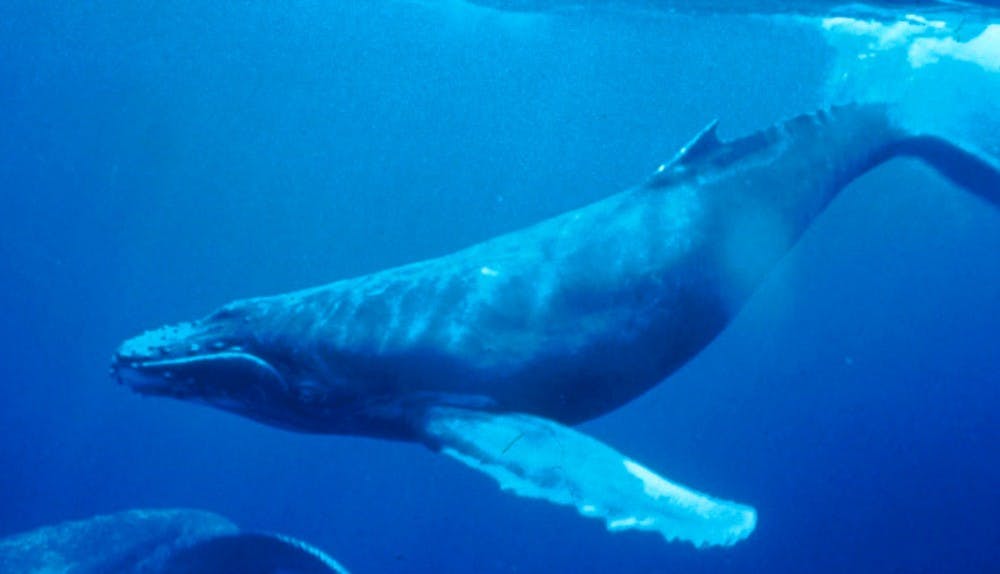In the 1800s, fishermen were mystified by the sight of bowhead whales scraping their heads against rocks. In the present day, drone footage has lent credence to a particular theory as to why. According to marine scientist Sarah Fortune, the whales are engaging in skin care.
The overhead footage revealed that the whales were gathering around the rocks to scrape off long pieces of skin. In other words, they were exfoliating.
For Fortune, this was an accidental discovery — she had been attaching transmitters to bowhead whales for a separate study about their feeding patterns when the transmitters kept falling off. It turned out that this was because the whales were scratching themselves against the rocks.
“The whales were using these rocks like humans using pumice stones, to get rid of calluses or dead skin,” Fortune said, according to The New York Times.
While it’s entertaining to simply imagine whales obsessing over skin care the way humans do, Fortune’s study is also a significant contribution to cetology, also known as the study of marine mammals.
Bowhead whales migrate to the Canadian Arctic in the summer. Like belugas and narwhals, they were thought to molt seasonally in their summer habitats. Some biologists theorize that warmth in those habitats speeds up the whales’ metabolisms, hastening the growing and shedding processes in their skin. Fortune’s study provides further evidence for this hypothesis.
This further helps scientists understand why migration and the specific summer habitats bowhead whales choose are important. Fortune characterizes the summer habitat as a multiuse area because the whales take advantage of the warmth and rocks to both feed and molt.
Fortune emphasized that it is particularly important to consider the utility and importance of individual habitats in these areas because of the consequences of climate change.
As the oceans warm, human activity is likely to increase in the various habitats of Arctic creatures like the bowhead whale. This should ideally be managed to minimize harm to these species.





